Apollo was considered an epitome of youth and beauty, source of life and healing, patron of the civilized arts, and as bright and powerful as the sun itself. He was, arguably, the most loved of all the Greek gods.
Although he was associated with many positive aspects of the human condition such as music, poetry, and medicine, the god also had his darker side as the bringer of plague and divine retribution. Most famously as the remorseless slayer of Niobe’s six sons as punishment for her boasting and as the flayer of Marsyas after his presumptuous claim to be more musically gifted than Apollo himself.
Objects traditionally associated with the god include: a silver bow, a Kithara or a lyre, a laurel branch, the omphalos of Delphi, and a palm tree. These can be variously seen in the many depictions of Apollo from Archaic, Classical and Hellenistic Greece and through to Roman times.
Greek Apollo
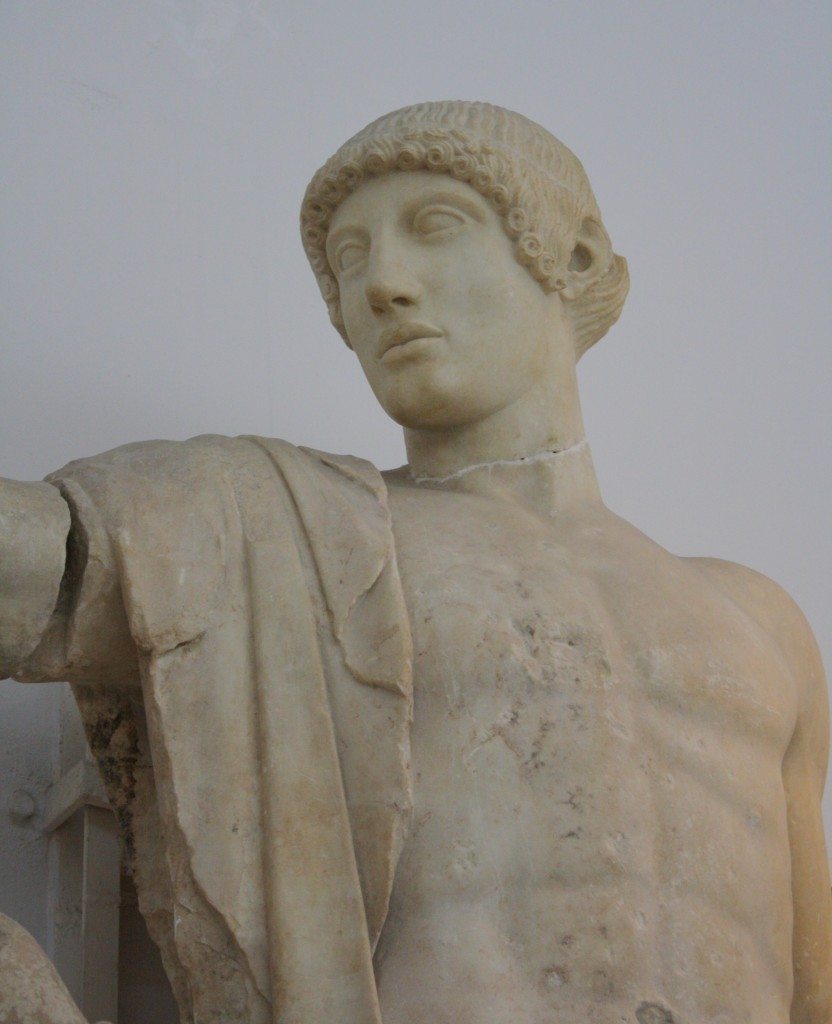
5th century BCE Apollo from the west pediment of the temple of Zeus, Olympia (Olympia Archaeological Museum).
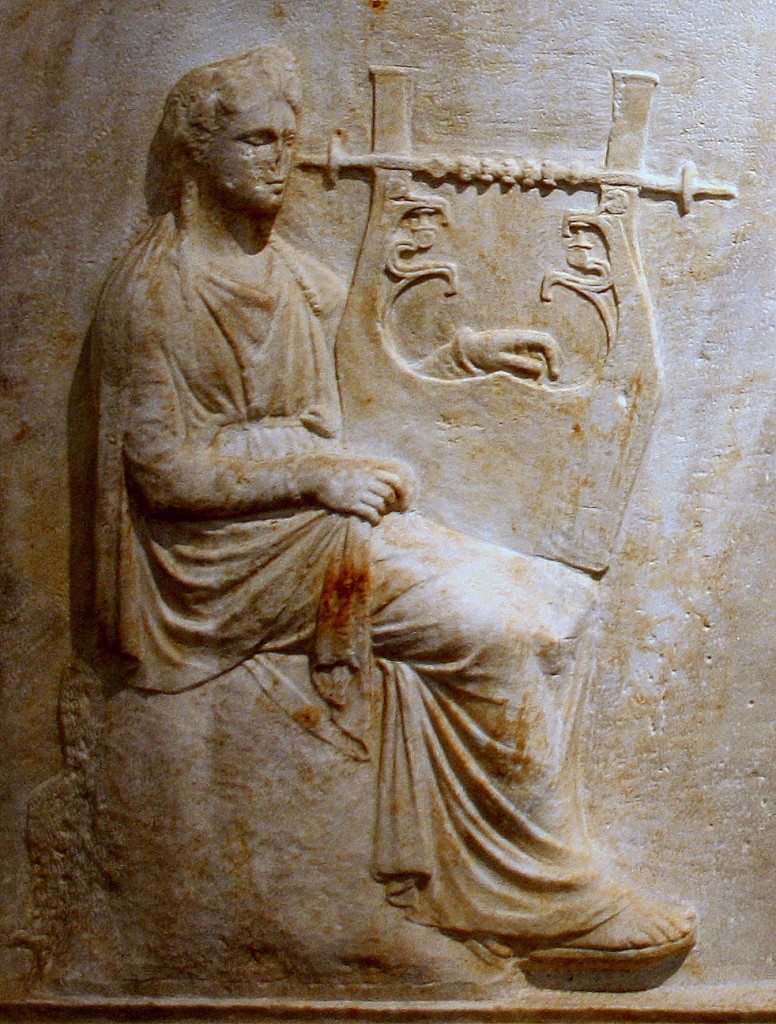
4th century BCE Apollo on a relief slab from Arcadia. Image by James Lloyd. (National Archaeological Museum, Athens)

4th century BCE Apollo on a Macedon gold stater. (Alpha Bank Numismatics Collection, Kerkyra, Corfu)
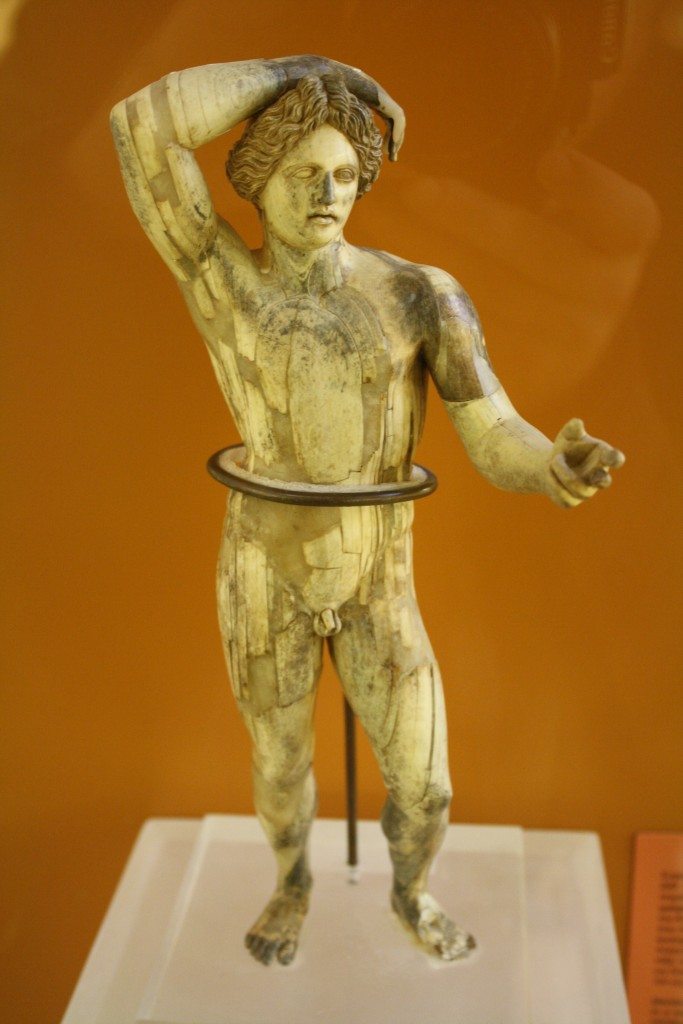
3rd Century BCE Apollo statuette in ivory found broken in a well in Athens. (Agora Museum, Athens)
Roman Apollo

1st century BCE Apollo playing the kithara. Roman fresco. (Museum of the Forum Romanum, Rome)
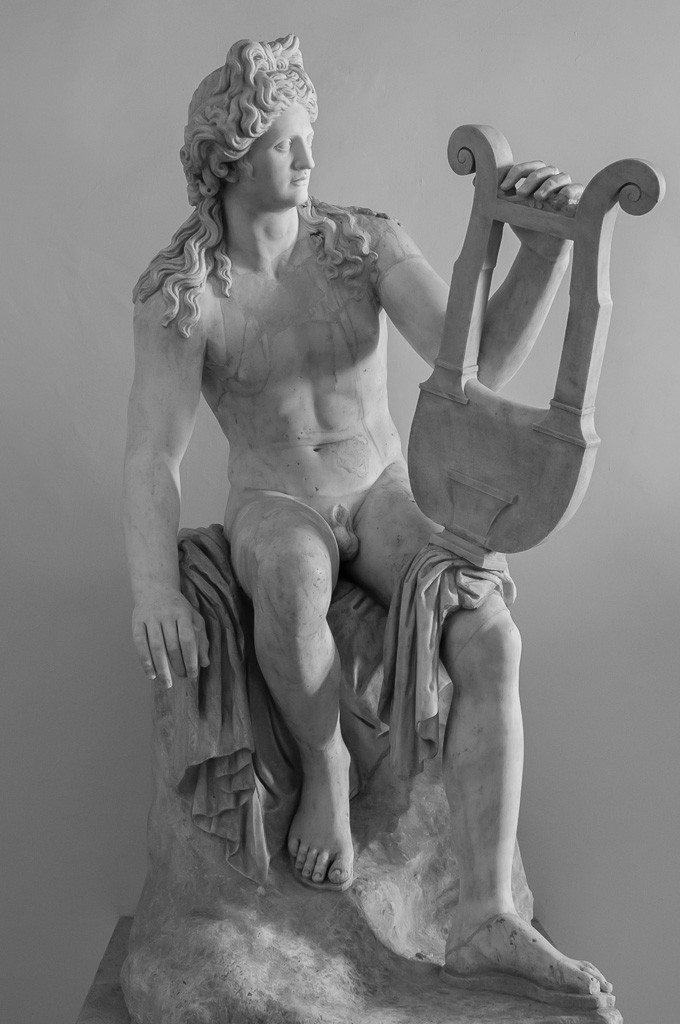
1st century CE Apollo from Rome. Partially restored. Image by Mina Bulic. (Palazzo Altemps, Rome)
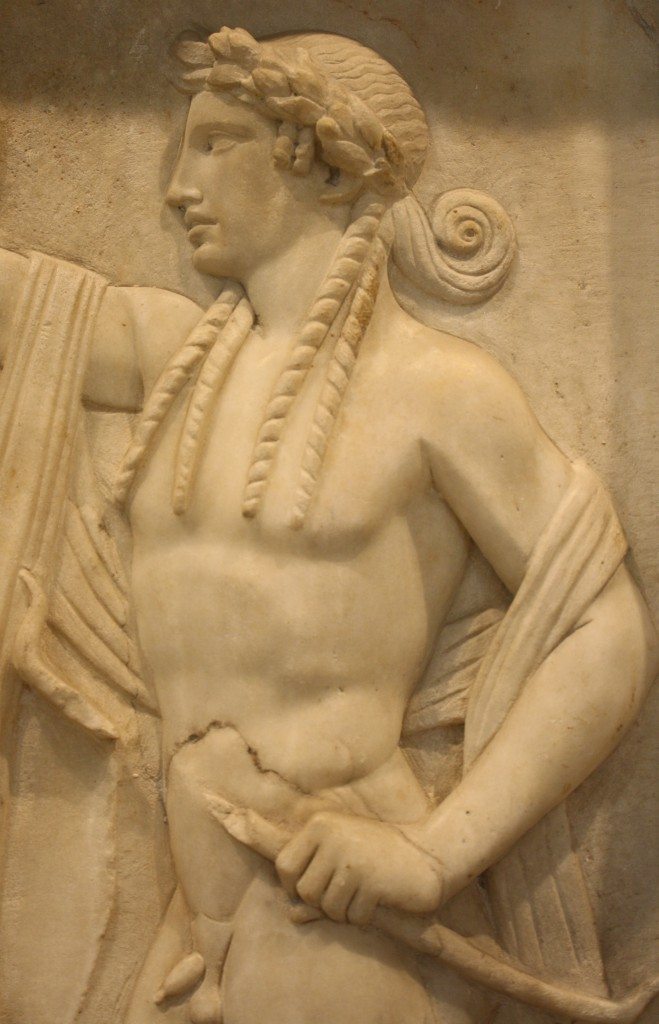
2nd century CE Apollo from a funerary relief slab. (Archaeological Museum of Piraeus)

2nd century CE Apollo from an imperial villa in Rome. (Palazzo Massimo, Rome)
For more on Apollo see here.
All images by the author unless otherwise indicated.